what was it like to be black in the 1950s
Life Never Ran These Striking Images of What Information technology Was Like to Be Blackness in 1950s America
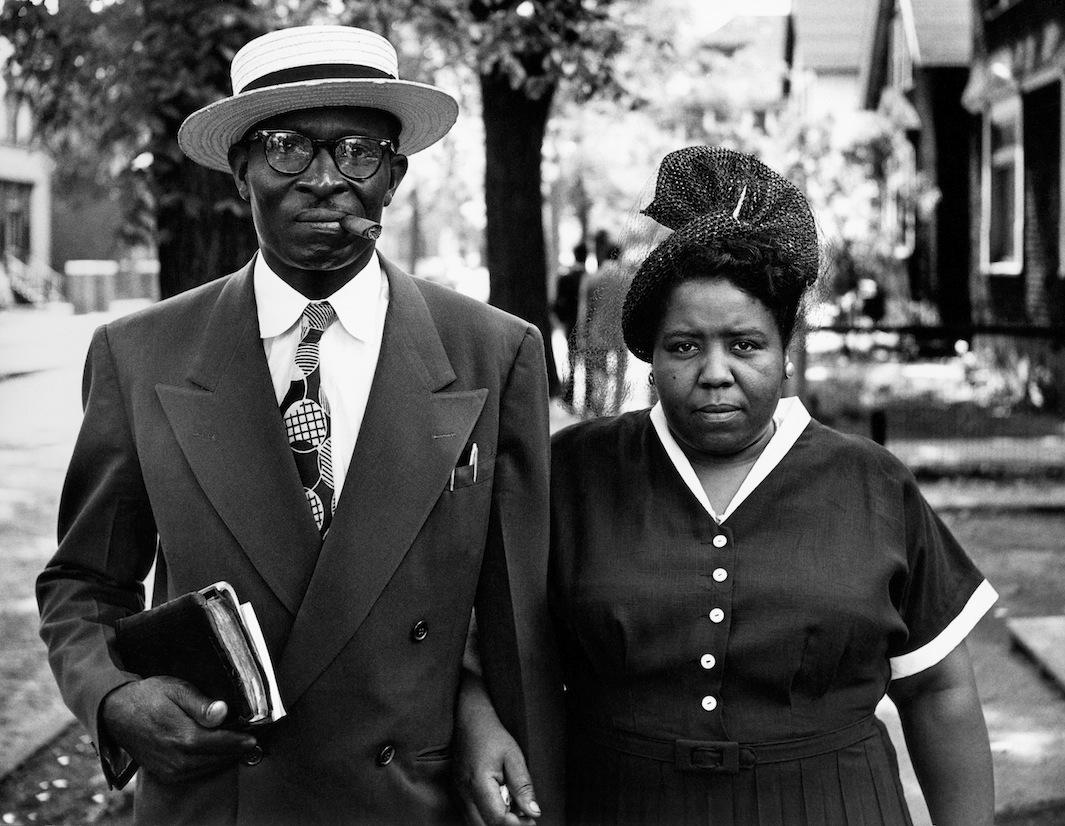
Photograph by Gordon Parks, courtesy Museum of Fine Arts, Boston and the Gordon Parks Foundation
We are republishing this post from 2015 in honor of Martin Luther King Jr. Solar day.
Gordon Parks hadn't been to his hometown, Fort Scott, Kansas, in more than than 20 years when he returned there in 1950 as a photojournalist on assignment forLife mag. Growing up as the youngest of 15 children, Parks attended the Plaza Schoolhouse, an all-blackness grade schoolhouse in the heavily segregated town. Now, as the first black man hired full-time by the magazine, Parks wanted to find and photograph all xi of his classmates from grade schoolhouse equally a way of measuring the impact of school segregation. The photo essay he created, which was never published, was on display at the Museum of Fine Arts, Boston in the exhibition, "Gordon Parks: Back to Fort Scott," in 2015.
In the years since Parks lived in Fort Scott, segregation had remained. But the blackness population, which had been at a loftier of twenty pct when he was child, had dwindled to around half-dozen percent, every bit a deficit of agronomical work caused blacks to move to nearby cities in search of jobs.
"What was fascinating to me and surprising to Parks was that, when he came dorsum, he learned that all just one of his friends had moved abroad," said Karen Haas, the Lane Curator of Photographs at MFA Boston. "It was intended as a story about school segregation and the impact of segregated pedagogy, merely it turned into a sort of a great migration story."
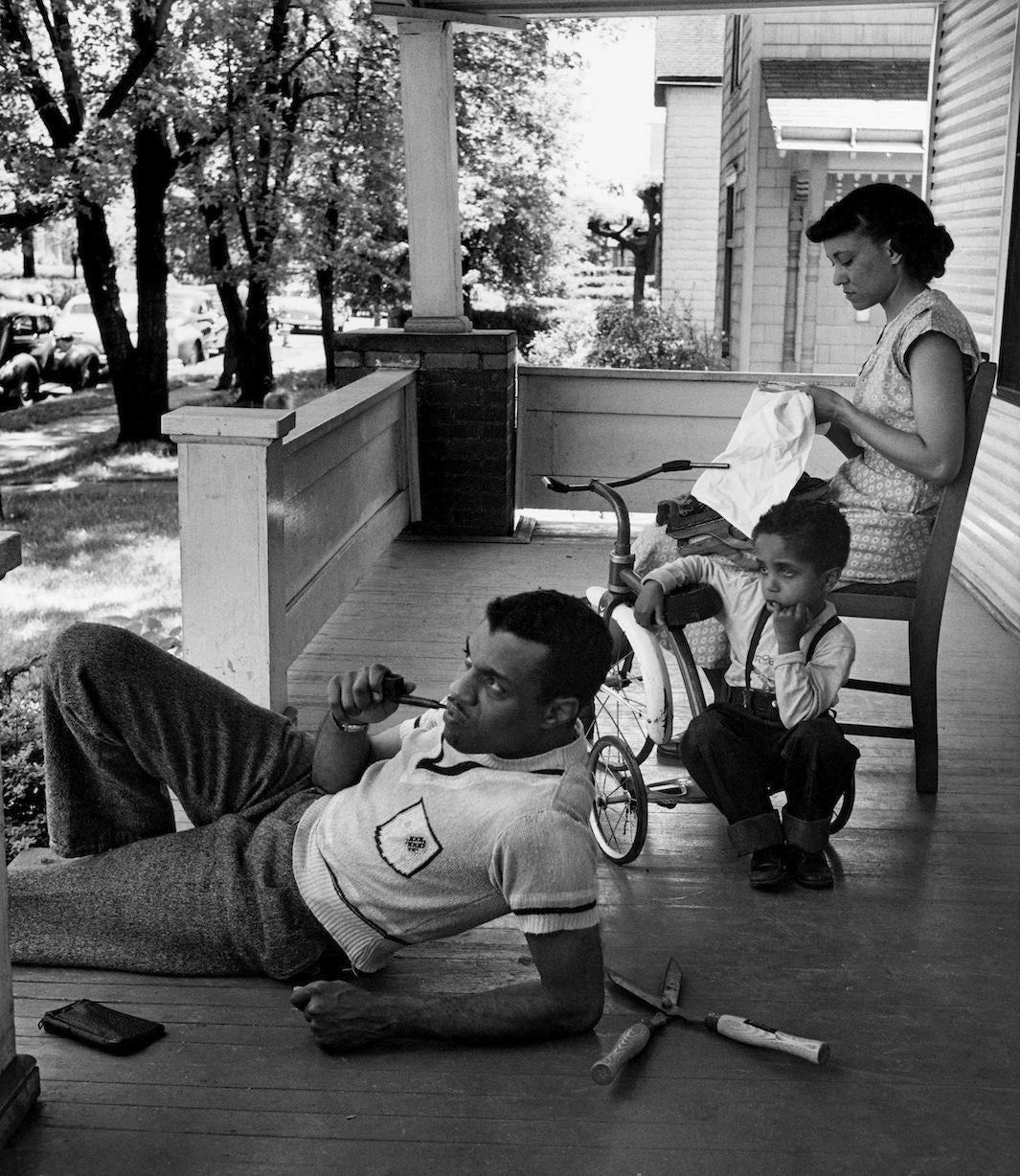
Photograph past Gordon Parks, courtesy Museum of Fine Arts, Boston and the Gordon Parks Foundation
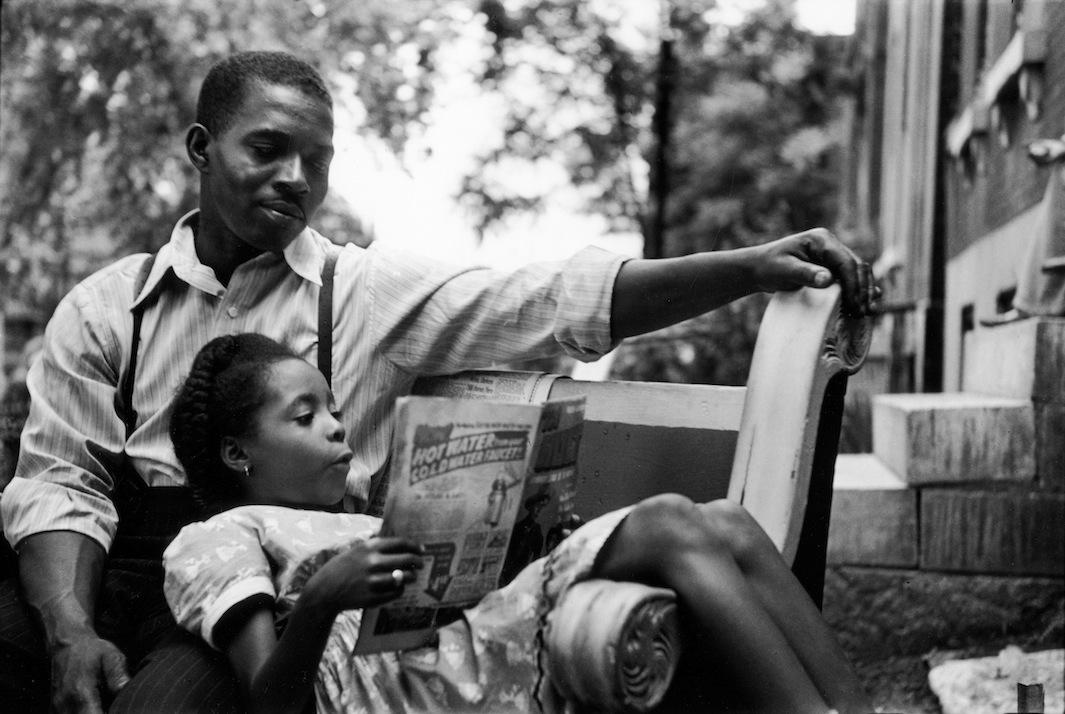
Photograph past Gordon Parks, courtesy Museum of Fine Arts, Boston and the Gordon Parks Foundation
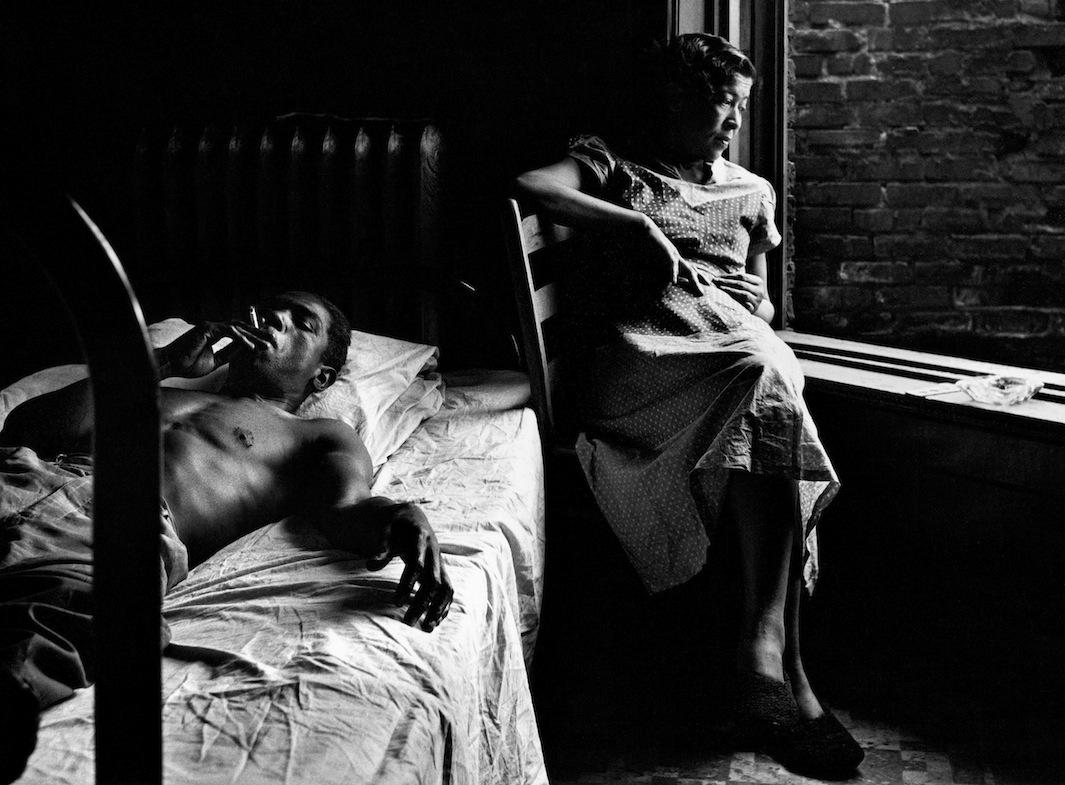
Photo by Gordon Parks, courtesy Museum of Fine Arts, Boston and the Gordon Parks Foundation
Parks was able to photograph all but ii of his classmates. Ane was living in Phoenix, andLife wasn't willing to pay for him to go there. The other had suffered a nervous breakup and was in a state hospital. The rest were all over the Midwest, in cities including Chicago, Detroit, Kansas City, St. Louis, and Columbus, Ohio. Parks' goal, Haas said, was to bring toLife a better sense of the range of black experience in America and to prove black families in "a very dignified and proud plaice in life."
"In this period,Life stories were told through the framework of the white middle-class American family. When stories did appear about African-American subjects, they were either about celebrities or athletes or people in very dire straits. Parks set out with this project to really counter those stereotypes," Haas said.

Photograph by Gordon Parks, courtesy Museum of Fine Arts, Boston and the Gordon Parks Foundation
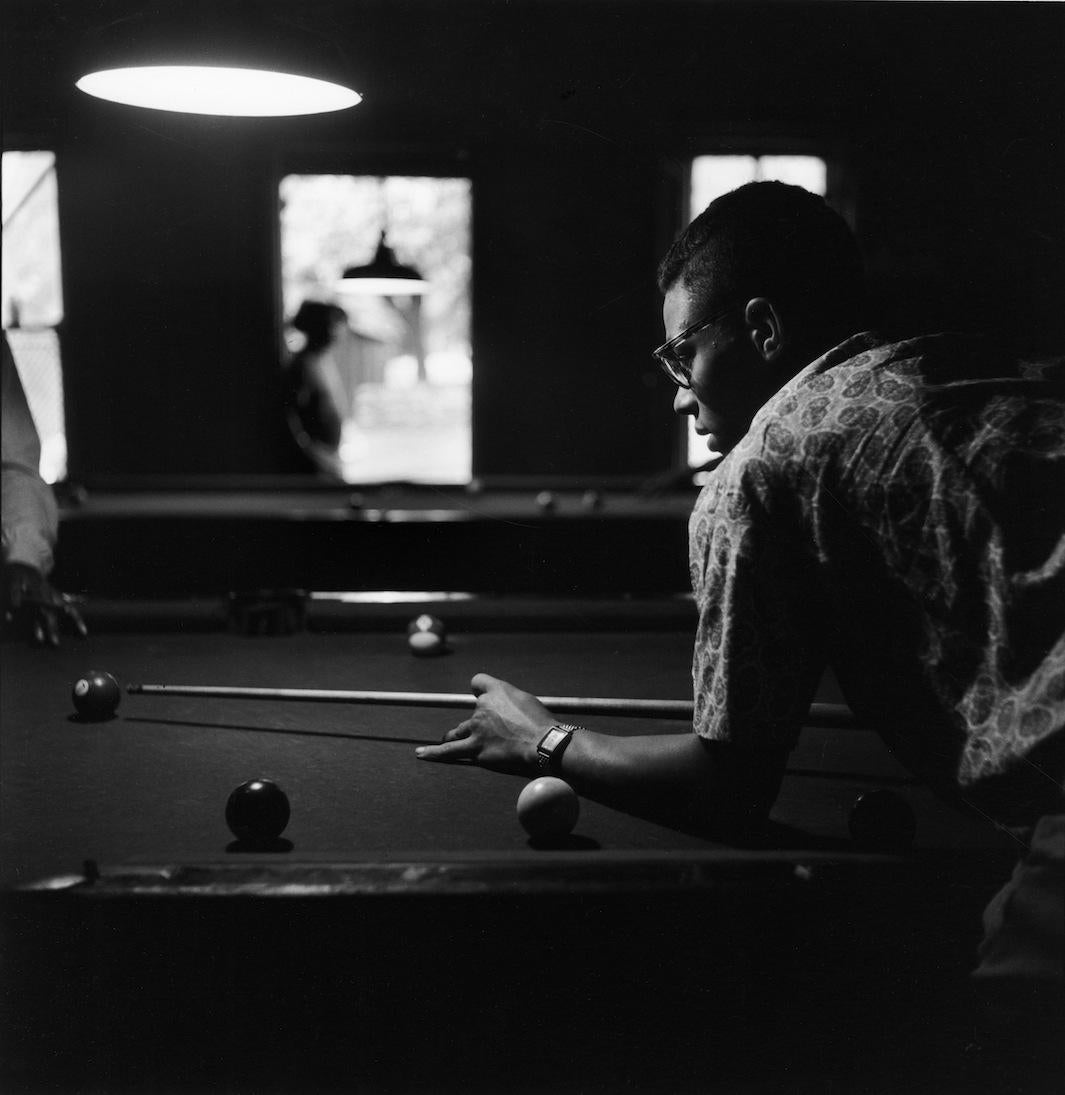
Photograph by Gordon Parks, courtesy Museum of Fine Arts, Boston and the Gordon Parks Foundation
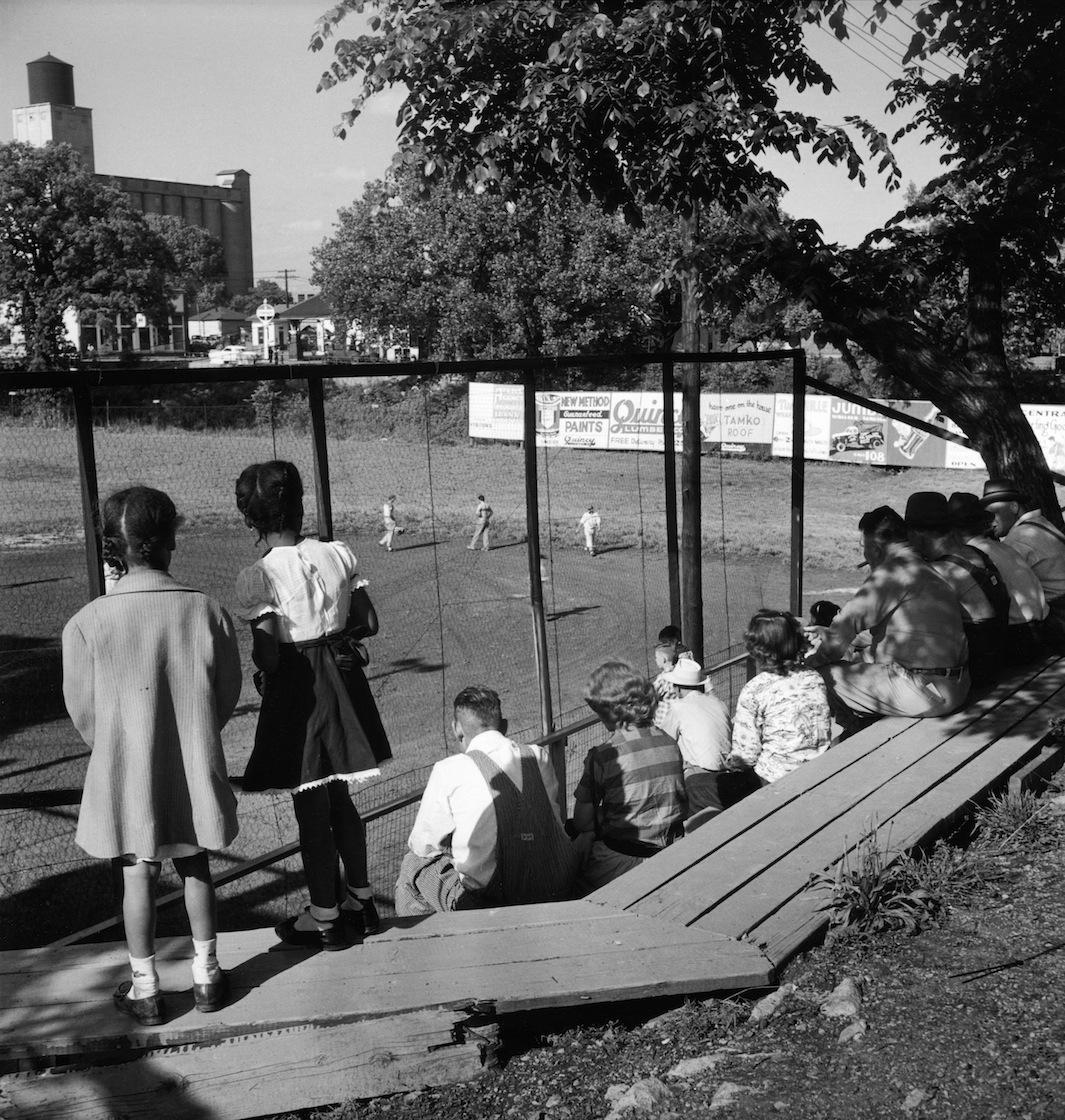
Photograph by Gordon Parks, courtesy Museum of Fine Arts, Boston and the Gordon Parks Foundation
It's not fully documented whyLifenever ran the story, but it's clear that it was shut to running on ii split occasions before it was bumped for less evergreen news: Once, in June 1950, when the United States entered the Korean War, and again in Apr 1951, when President Truman fired Gen. MacArthur.
Today, Parks' photos nowadays a rare wait at the everyday lives of black Americans in the fourth dimension before the ceremonious rights movement really took shape. The experiences he witnessed were varied: In Chicago alone, ane of Parks' classmates was living in a flophouse, another was living on the border of the segregated South Side, and a third was working for Campbell'south Soup and living in a kitchenette apartment. In Columbus, he photographed his former classmate, a "success story" amidst the group, at his integrated workplace with white colleagues, and he photographed the man's son playing with a white neighbor. On the other hand, in Fort Scott, he followed the daughter of his former classmate and her boyfriend to a movie theater they weren't immune to enter and to a pharmacy where they bought sodas but were forced to potable them outside on the sidewalk.
"You lot get the sense he allow them pose themselves," Haas said. "This was a time when information technology would take been hard for an African-American citizen walking downwardly the street to await a white person straight in the centre on the sidewalk. Here, they're being invited to wait into the camera. I detect their gazes incredibly stirring because they're so strong."
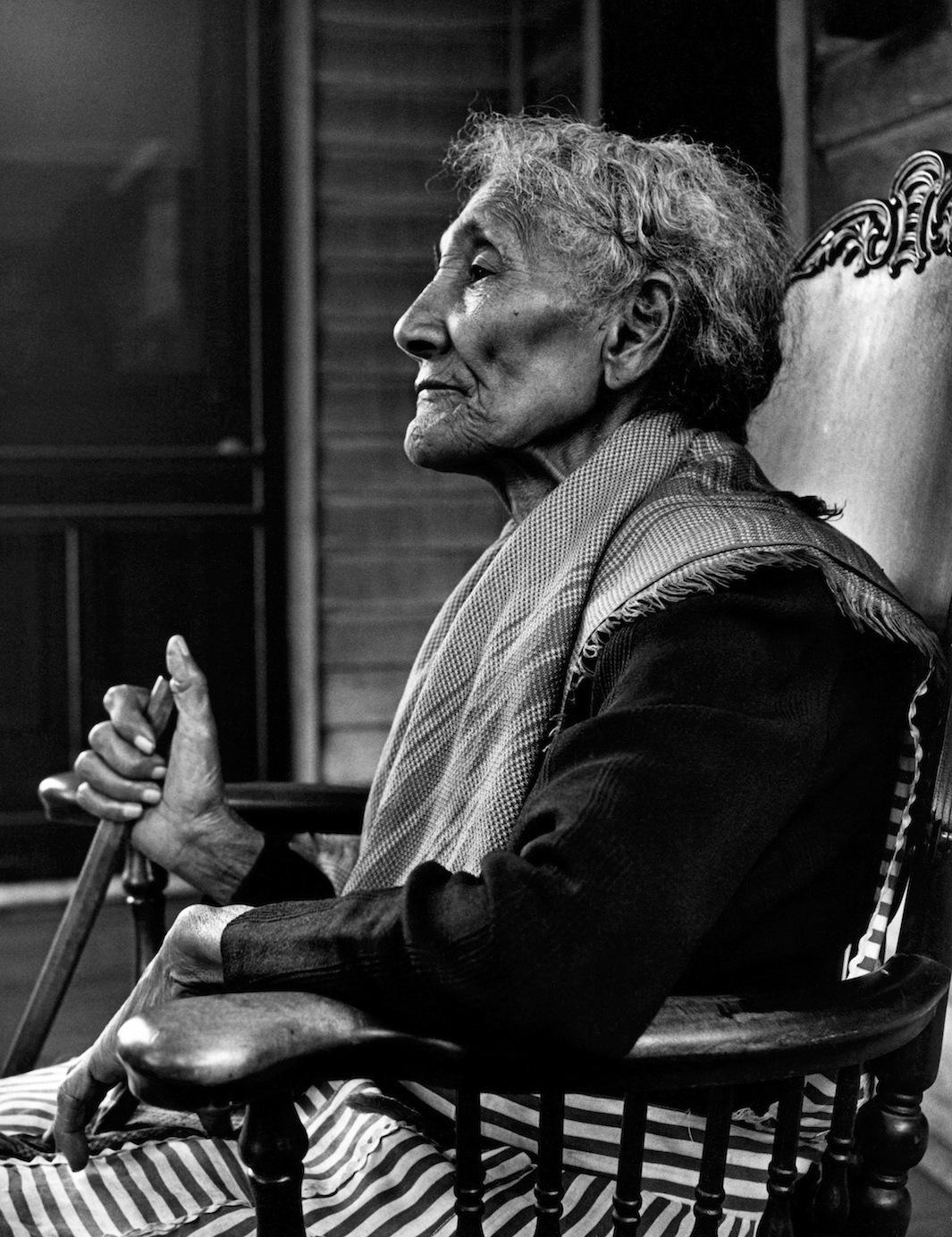
Photograph past Gordon Parks, courtesy Museum of Fine Arts, Boston and the Gordon Parks Foundation
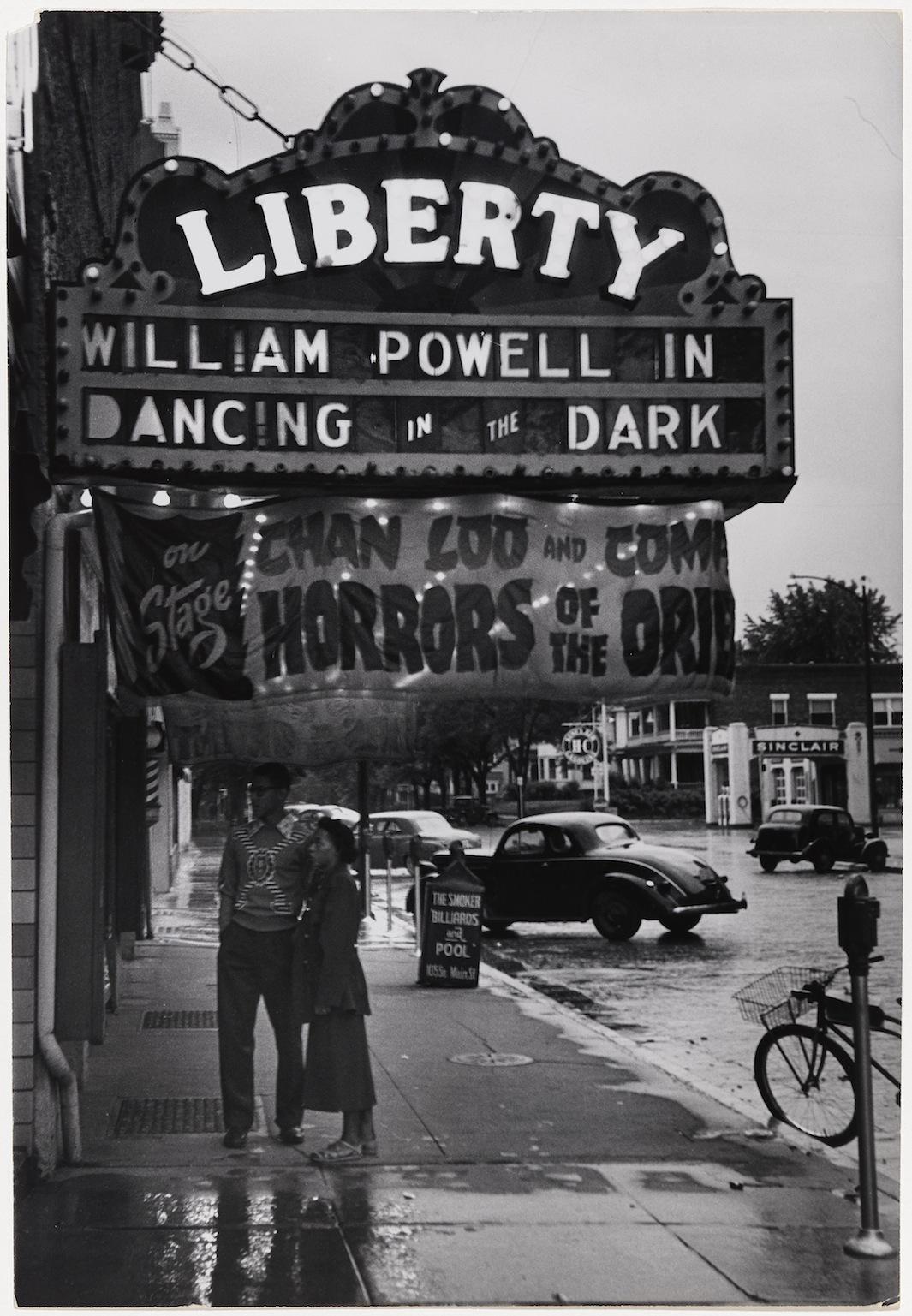
Photograph by Gordon Parks, courtesy Museum of Fine Arts, Boston and the Gordon Parks Foundation

Photograph by Gordon Parks, courtesy Museum of Fine Arts, Boston and the Gordon Parks Foundation
Source: https://slate.com/culture/2016/01/the-museum-of-fine-arts-boston-presents-photos-by-gordon-parks-of-black-americans-during-segregation.html